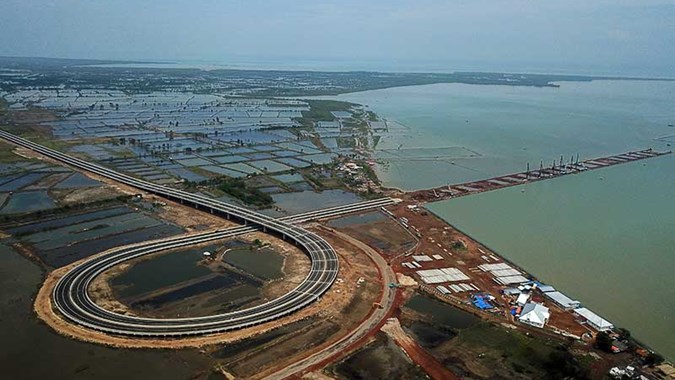Project Details
External Monitoring pada Consulting Service for The Construction Supervision of Patimban Access Toll Road
The Patimban Access Toll Road is a 37 km corridor planned by the Directorate General of Highways (DGH), Ministry of Public Works and Housing, to connect Patimban Port with the Cikopo–Palimanan (Cipali) Toll Road. While the project is critical to strengthen logistics and port operations, land acquisition required for its construction impacts farmland, houses, and business premises.
As the project is financed by the Government of Japan, a Land Acquisition and Resettlement Action Plan (LARAP) was prepared in line with the Japan International Cooperation Agency (JICA) Guidelines for Environmental and Social Considerations and the World Bank Environmental and Social Framework (ESF). The LARAP also mandated a Livelihood Restoration Program (LRP) to support affected people in restoring their livelihoods.
Our Role in the Project
Monitoring & Verification
-
Monitored the implementation of LARAP and LRP, developing specific indicators to track progress.
-
Verified compensation and assistance adequacy for Project Affected Persons (PAPs), including livelihood restoration.
-
Reviewed internal monitoring reports and validated findings through interviews and primary data collection.
Community Engagement
-
Conducted consultation meetings and Focus Group Discussions (FGDs) with local communities to identify social issues.
-
Ensured meaningful participation of PAPs and transparency in resettlement and livelihood restoration processes.
Evaluation & Capacity Building
-
Summarized monitoring results into comprehensive reports with recommendations to improve LARAP and LRP implementation.
-
Facilitated workshops with DGH and related agencies to share monitoring outcomes and propose corrective measures.
Impact
By closely monitoring the implementation of LARAP and LRP, this assignment strengthened accountability, transparency, and social safeguards in the Patimban Access Toll Road Project. The approach ensured that compensation and livelihood restoration were delivered effectively, enabling affected communities to maintain or improve their living standards while supporting the successful development of a nationally significant infrastructure corridor.

